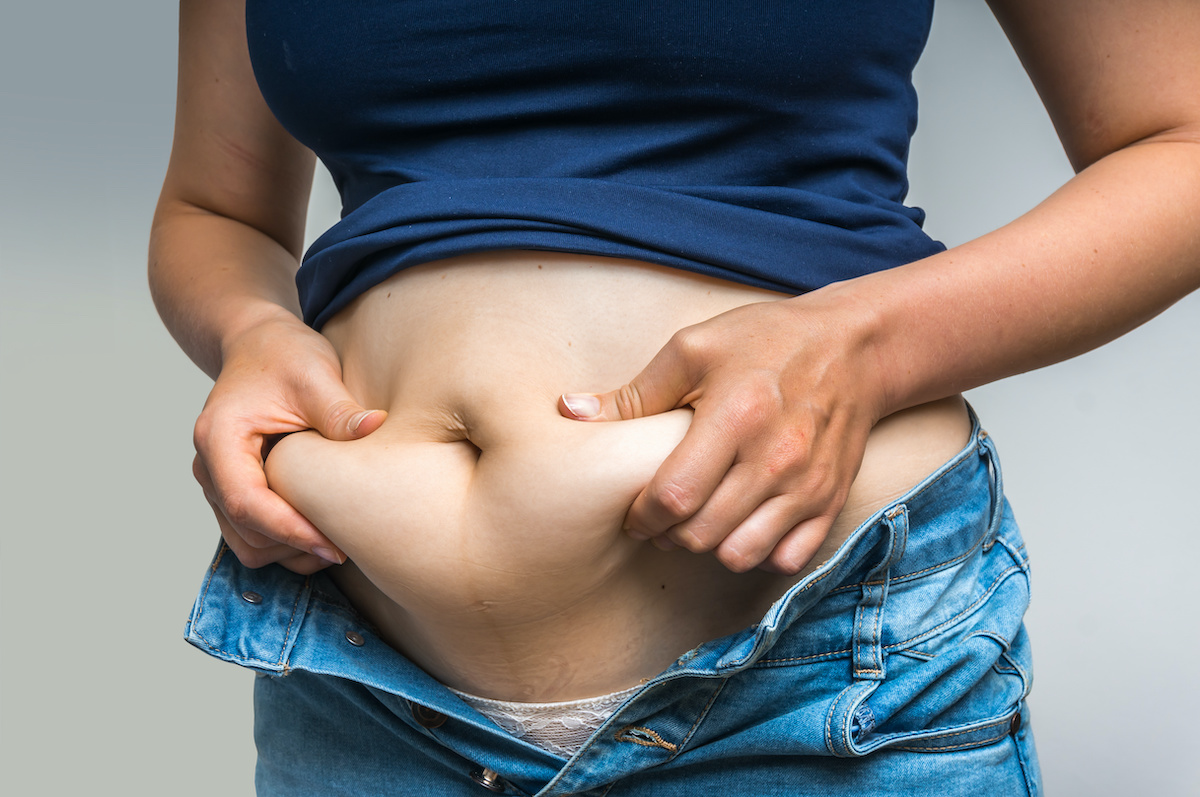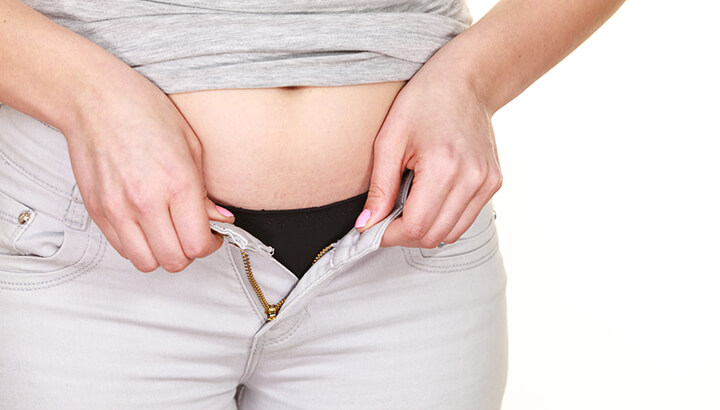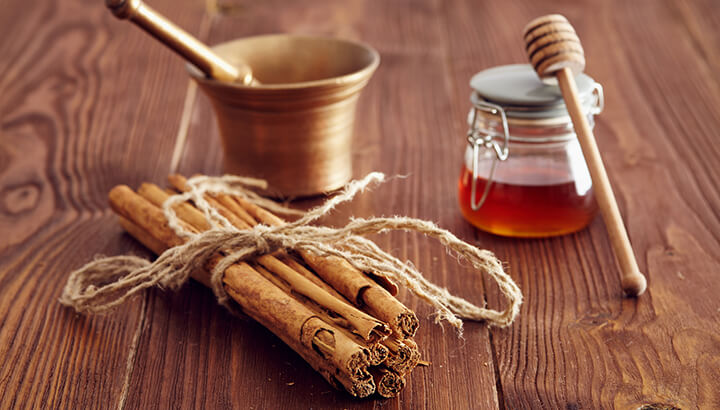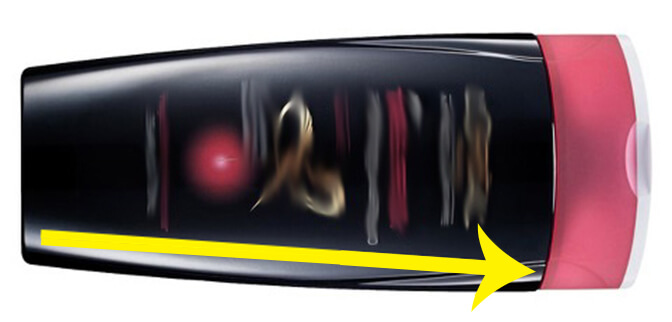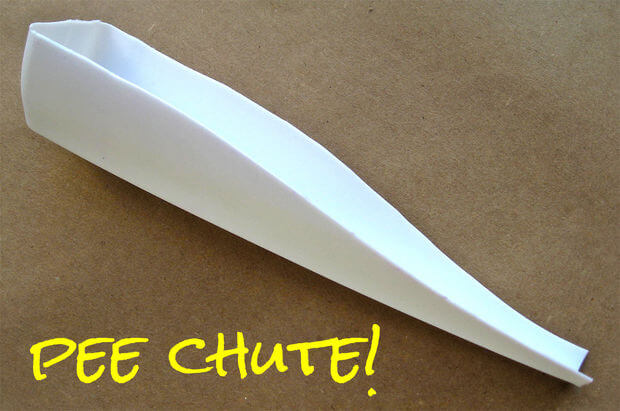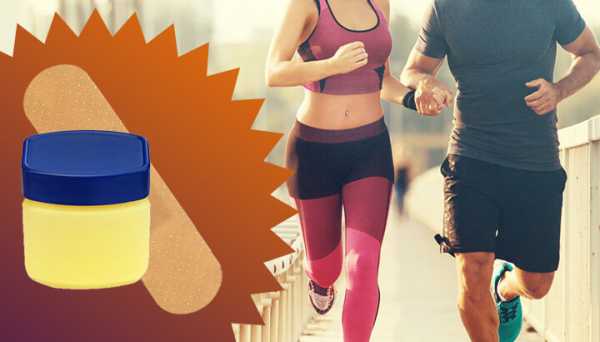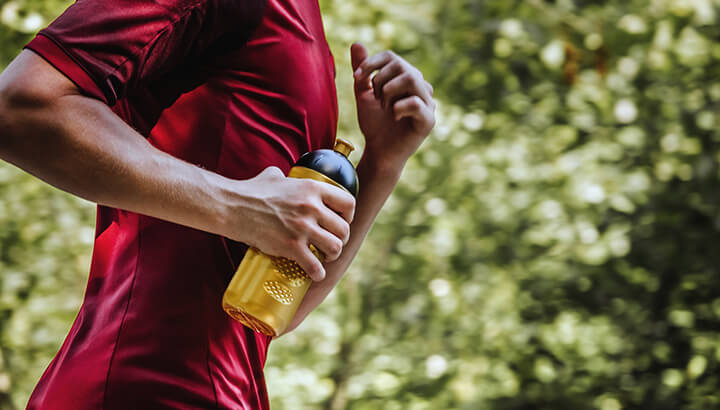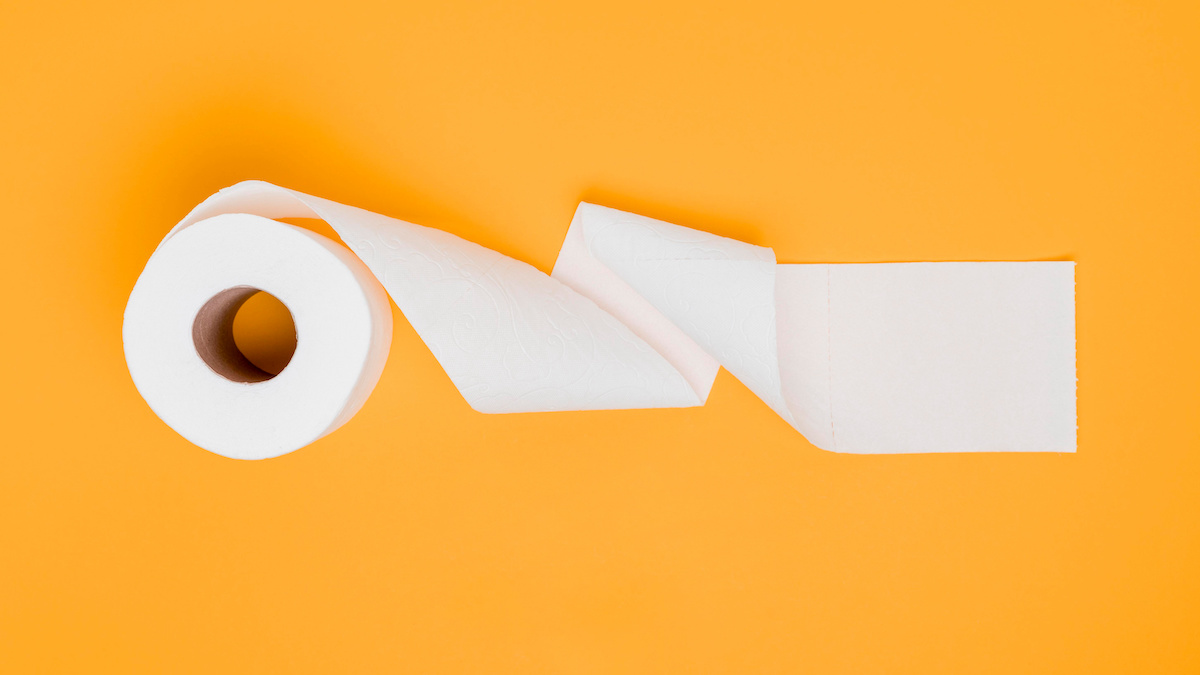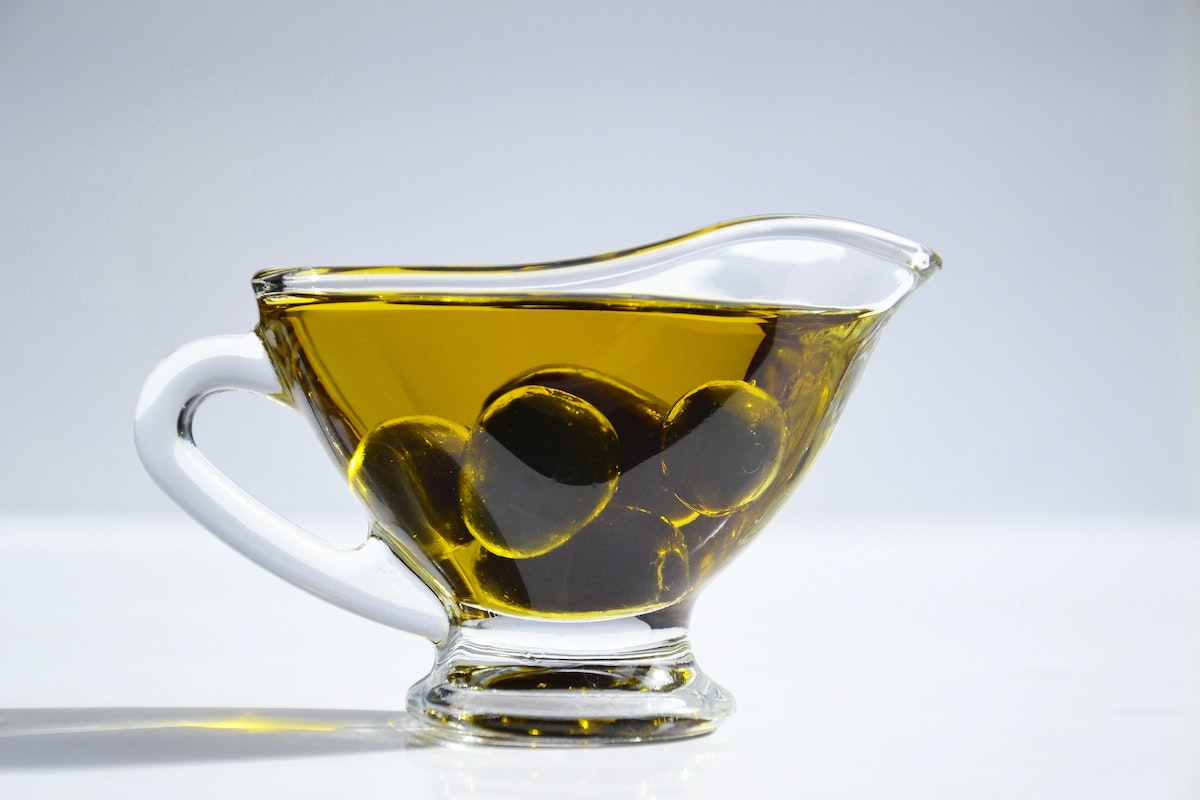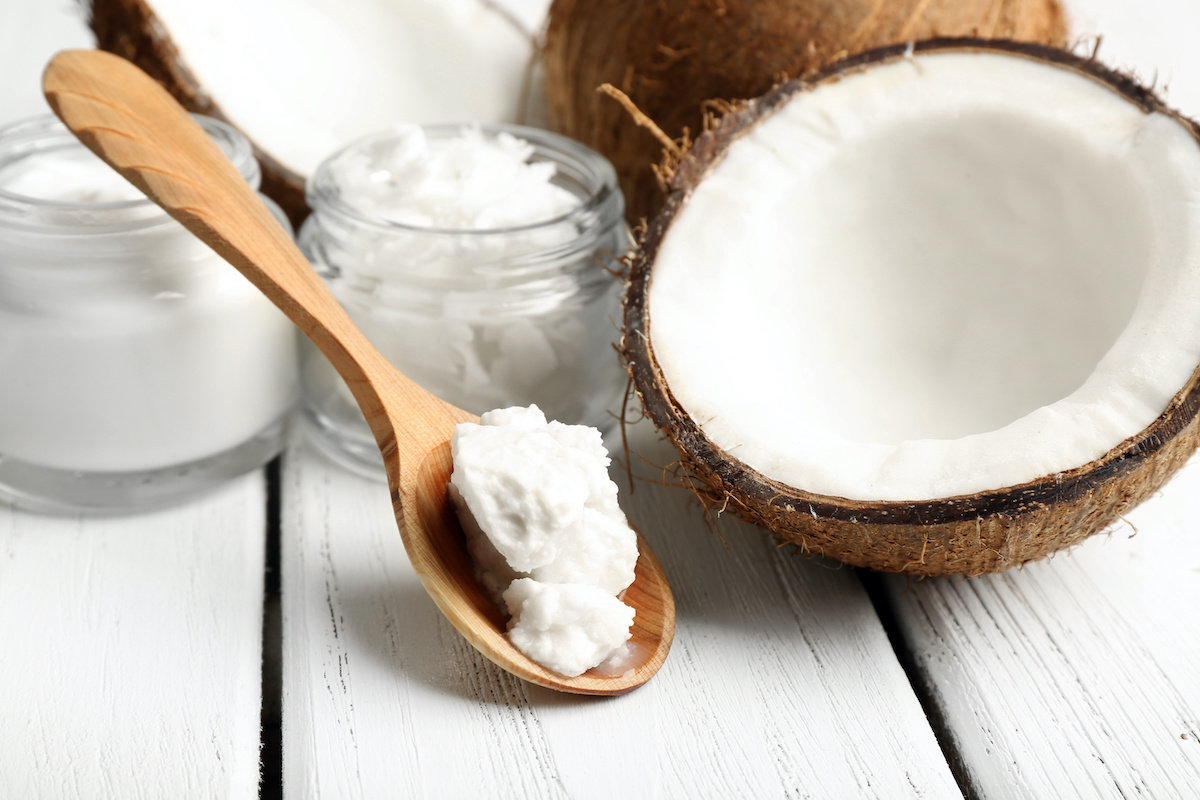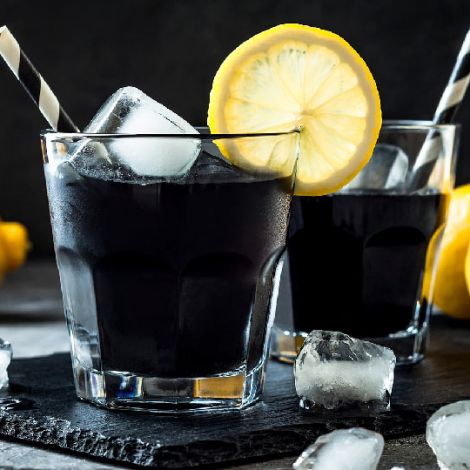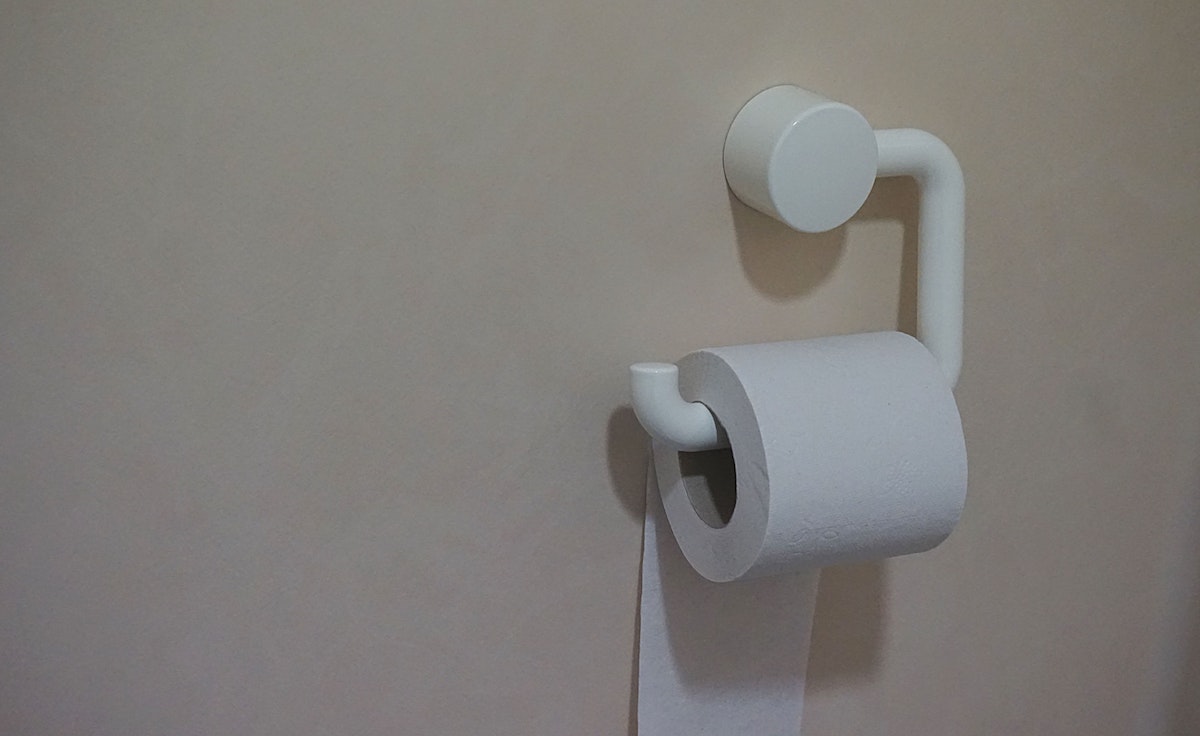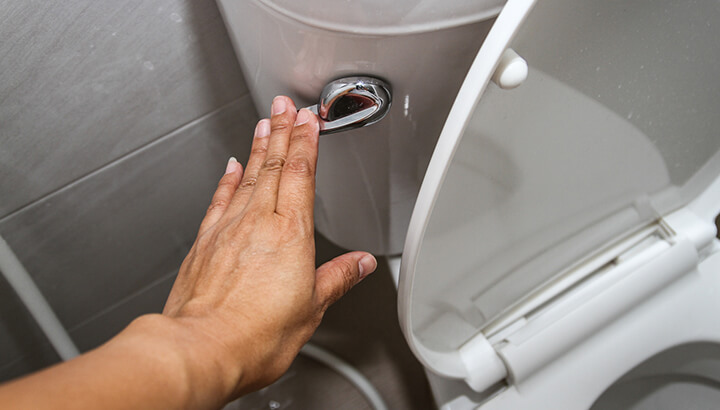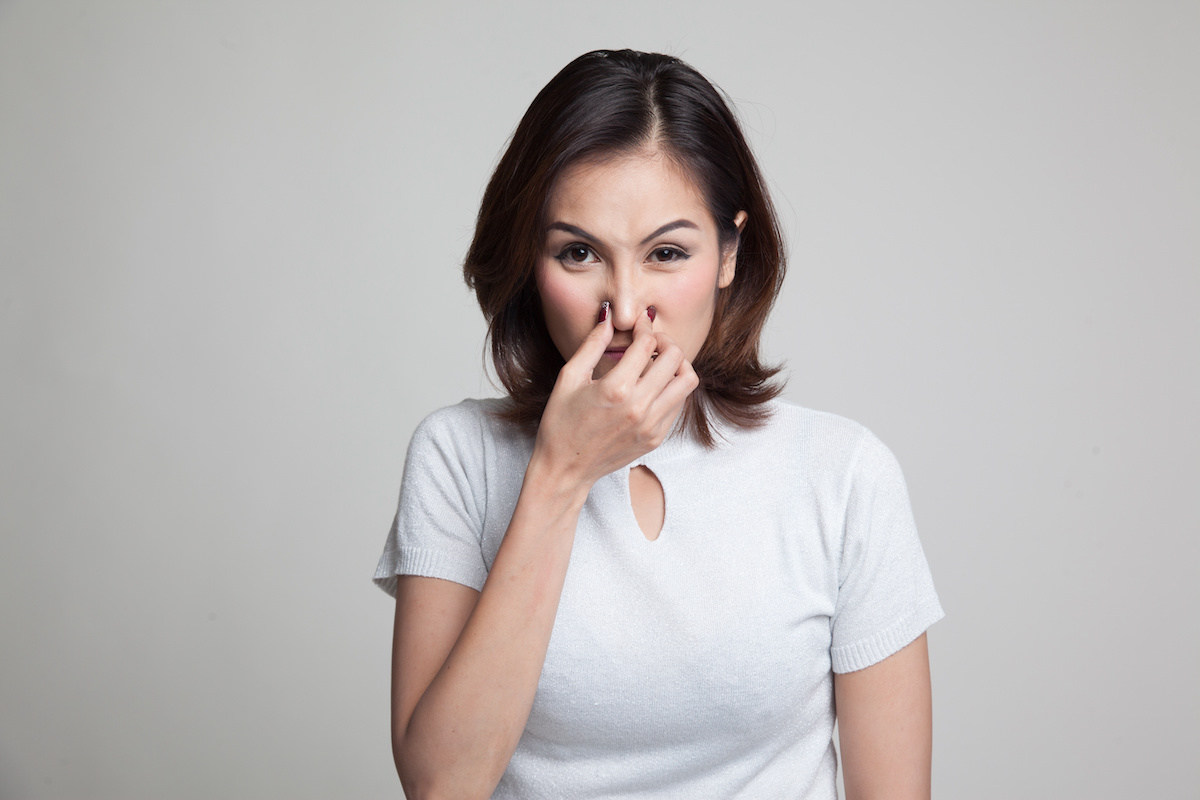These Delicious Bitter Foods are Great for Digestion and Liver Health
Think about the foods that most people crave on a daily basis. Things like chips, candy bars, french fries, cookies, and pizza. What do these foods have in common? They are “engineered” foods that have been created by the food industry to have the perfect balance of sweet and salty flavors, and pleasing textures. Now think about the opposite flavors, such as sour and bitter. These are the tastes that make us pucker our lips, pop our eyes wide open and shake our heads. They’re not the flavors we usually seek out to enjoy every day. In fact, many of us have virtually eliminated these flavors from our lives altogether.
This movement toward a “lazy” palate, which prefers easy-to-eat tailored junk over the diverse flavors of real food, is theorized by many experts to be of huge detriment to the human race. The natural foods consumed by our ancestors had a wide variety of flavors that stimulated the tongue and indeed had many different effects throughout the body.
Traditional cultures emphasized the consumption of bitter foods and revered them for their therapeutic properties, while such foods are largely viewed as disagreeable in our society today. Read on to discover some important reasons for incorporating bitter foods into our daily diets, and even using them as natural remedies.
The importance of eating bitter foods
Bitter-tasting foods were a natural part of the human diet until recent years, and this is not without reason. When we taste bitter flavors, many things happen in the brain and body which support good health and fight disease.
The most important benefit of these foods is to stimulate digestion. When a bitter flavor hits the tastebuds, the digestive system begins to produce saliva and enzymes. This is why many societies still consume drinks like aperitifs and digestifs — they really work!
Improving digestion can have numerous benefits, such as boosting energy and revving up your metabolism. You may find that bitter foods help you fight sugar cravings and lose weight, too.
Digesting food more effectively also means that more nutrients are absorbed. While many of us have nutritional deficiencies due to modern foods and medications, we can start to rectify these problems by consuming more nutrient-dense, real foods and improving digestion by working in those bitter flavors.
The liver gets lots of benefits from the consumption of bitter foods, too. The boost in digestion that we get from bitter tastes leads to more bile production in the liver, and thus a more effective detoxification process. Many bitter foods contain sulfur, which is an important nutrient to support liver health.
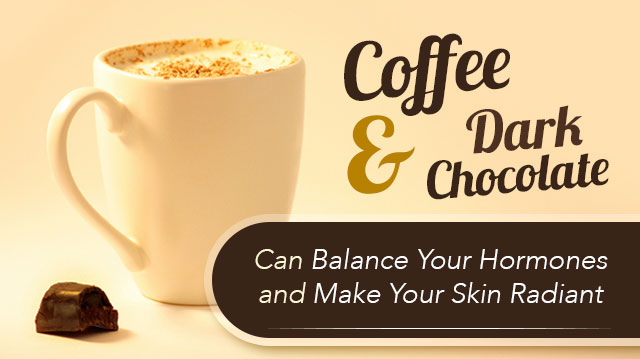 Individuals with hormonal imbalances may find that consuming bitter foods such as dark chocolate and organic coffee is beneficial to get everything back in check. This, in turn, may result in healthier blood sugar levels, less constipation, and healthier-looking skin.
Individuals with hormonal imbalances may find that consuming bitter foods such as dark chocolate and organic coffee is beneficial to get everything back in check. This, in turn, may result in healthier blood sugar levels, less constipation, and healthier-looking skin.
Incorporating bitter flavors into your diet can even improve unhealthy cholesterol levels and fight inflammation! This could be tied to the traditional Chinese medicine belief that bitter foods help to remove excess heat from the body.
Bitter foods that you should eat on a regular basis
While the best way to consume bitter foods is to forage wild fruits, roots, and vegetables from the natural environment, this isn’t always practical. Here are some options you can easily find in the local supermarket.
- Dandelion greens
- Arugula
- Coffee
- Hops
- Olives
- Raw, dark chocolate
- Bitter melon
- Dill
- Jerusalem artichokes
- Kale
- Saffron
- Sesame seeds
- Turmeric
- Endive
- Radicchio
- Cranberries
You can also use a supplemental herbal blend of bitters to stimulate digestion, balance appetite, and encourage detoxification. You can find digestive bitters in health-food stores or online. They typically include herbs such as gentian, cascarilla, cassia, orange peel, and cinchona bark. However, whenever you purchase a supplement, make sure you find a high-quality product from a source you trust.
The more bitter things you taste, the more you will start to crave them as your body readjusts and finds balance in a variety of flavors. Will you try bitters to help ease chronic health issues and discover robust wellness naturally?
-The Backyard Vitality Team


